
This logo isn't an ad or affiliate link. It's an organization that shares in our mission, and empowered the authors to share their insights in Byte form.
Rumie vets Bytes for compliance with our
Standards.
The organization is responsible for the completeness and reliability of the content.
Learn more
about how Rumie works with partners.
Have you ever had a goal but been unsure how to start or which steps to take to achieve it?

Have you ever had goals you want your students to reach but have been unsure how to create learning objectives to get them there?

Why are Learning Objectives Important?
A learning objective (or outcome) is a statement that focuses the lesson.
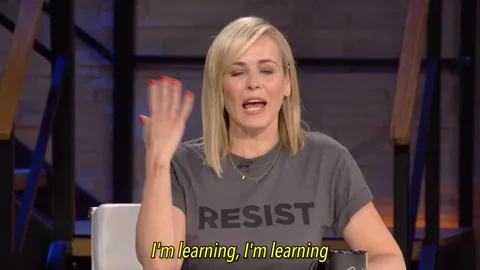
The learning objective describes what the learner should know, understand, or be able to do by the end of a particular lesson.

What is Bloom's Taxonomy?
There are 6 levels to the model. Each level is labeled by what you want learners to do.
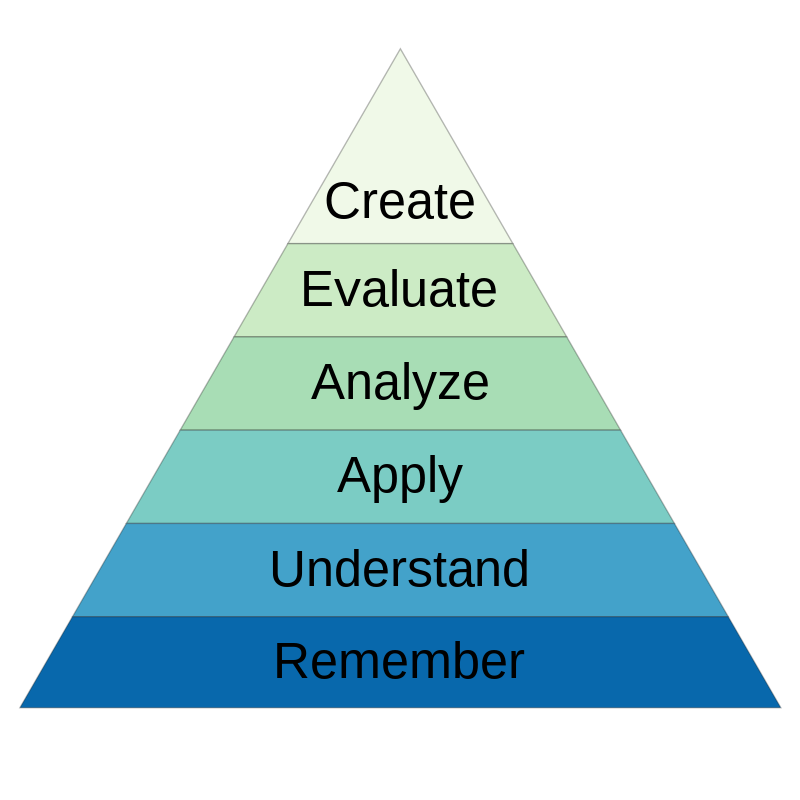 Your learning objectives can be aligned with one of these levels so that it's clear what you want learners to do or to know.
Your learning objectives can be aligned with one of these levels so that it's clear what you want learners to do or to know.
Level 1: Remember
The learning outcome at this level is for learners to recall important information.

A history test often requires remembering the dates and names associated with important world events. This tests the ability to recall information.
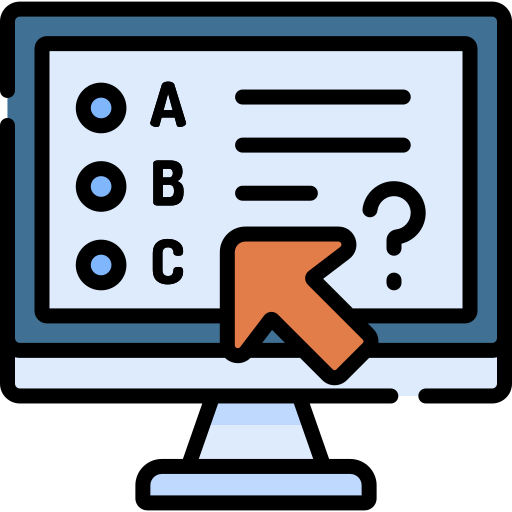 Example:
Example:
"By the end of the lesson, you will be asked to recall three important events that happened during the Cold War."
Level 2: Understand
Learning outcomes at this level require learners to understand key concepts and/or relevant ideas.
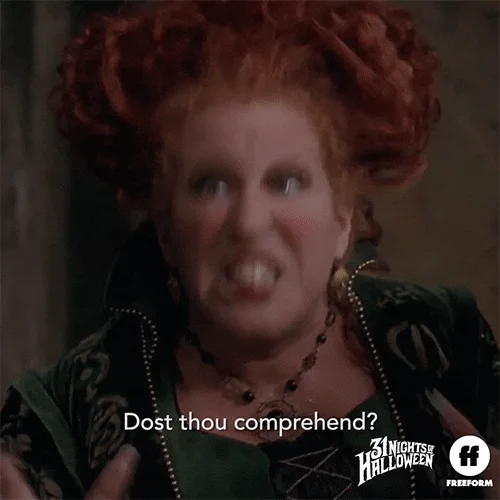
This level asks learners to summarize and paraphrase information in their own words, which displays a proper level of understanding.
 Example:
Example:
"By the end of today's session, you will understand the main causes of the Cold War and be able to summarize why it was an important historical period."
Level 3: Apply
The learning outcome here focuses on the application of information to see if learners have correctly understood it.
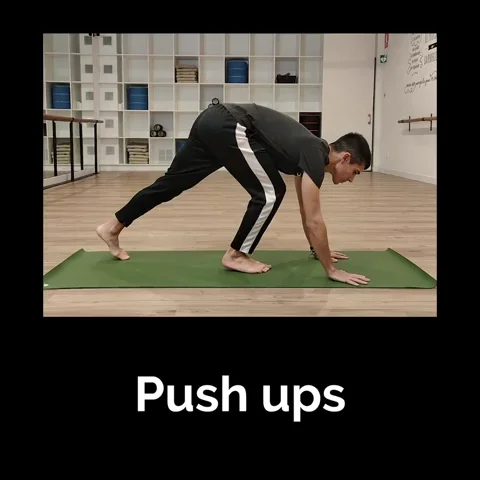
Because this level often asks learners to demonstrate their understanding, this can be an active and hands-on stage of learning.
Example:
"In this lesson, you'll apply your understanding of the Cold War to relate this conflict with the ongoing war in Ukraine."
Did you know?
Check out this list of verbs you can use to spice up your learning objectives to align with each of the 6 levels of learning!
Level 4: Analyze
Learning outcomes at this level ask learners to categorize and connect different pieces of information.

This can include something like reading opposing viewpoints on an issue and analyzing how each side is presented.
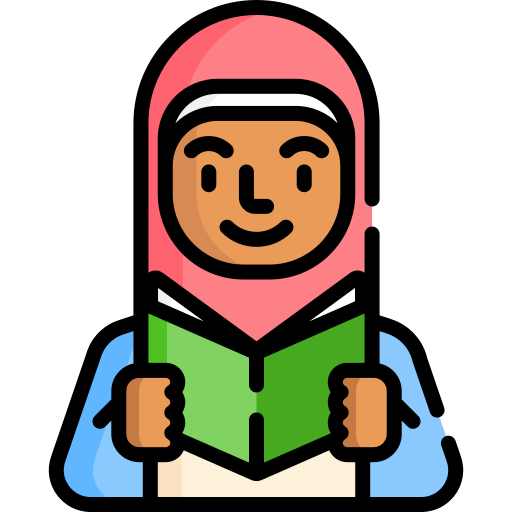 Example:
Example:
"In today's lesson, you'll be able to organize and categorize different perspectives for and against the Russian invasion of Ukraine."
Quiz
True or False: The analysis stage of learning involves student's expressing their own opinion.
Analysis involves summarizing key points, organizing information, and the ability to explain an idea to someone else. Expressing a personal opinion comes at a later level but includes the ability to analyze and process information.
Level 5: Evaluate
The learning outcome for this level requires learners to organize and critically think about different perspectives and sources of information.

This level can include asking learners to defend and/or justify their point of view on a topic.

Example:
"By the end of today's lesson, you will organize and present your opinion about the best course of action to resolve the ongoing war between Russia and Ukraine."
Level 6: Create
The most advanced stage centers the learning outcome on the learner creating something new.

Creation brings together the skills required in the previous 5 levels. This level can include the creation of an original piece of writing (like an essay), a work of art, a video, or a presentation.
 Example:
Example:
"By the end of the course, you will write an original essay presenting your argument about whether you think Ukraine should (or should not) be a part of NATO."
Quiz
 Miles is a high school history teacher. He wants his students to read two news articles expressing different opinions on a topic and explain these opposing perspectives in their own words.
Miles is a high school history teacher. He wants his students to read two news articles expressing different opinions on a topic and explain these opposing perspectives in their own words.
Quiz
Which level of Bloom's Taxonomy is most aligned with Miles' learning outcome?
To summarize or paraphrase the opinions expressed in these articles, students will need to read and understand the two perspectives expressed. Moving beyond the recall level, students then need to explain the ways these opinions are different and similar. If Miles wanted his students to pick a side and agree with one of the articles, that would involve more analysis. If Miles wanted his students to write their own response article, that would involve creation.
Take Action

This Byte has been authored by
Sean Steele
Instructional Designer
